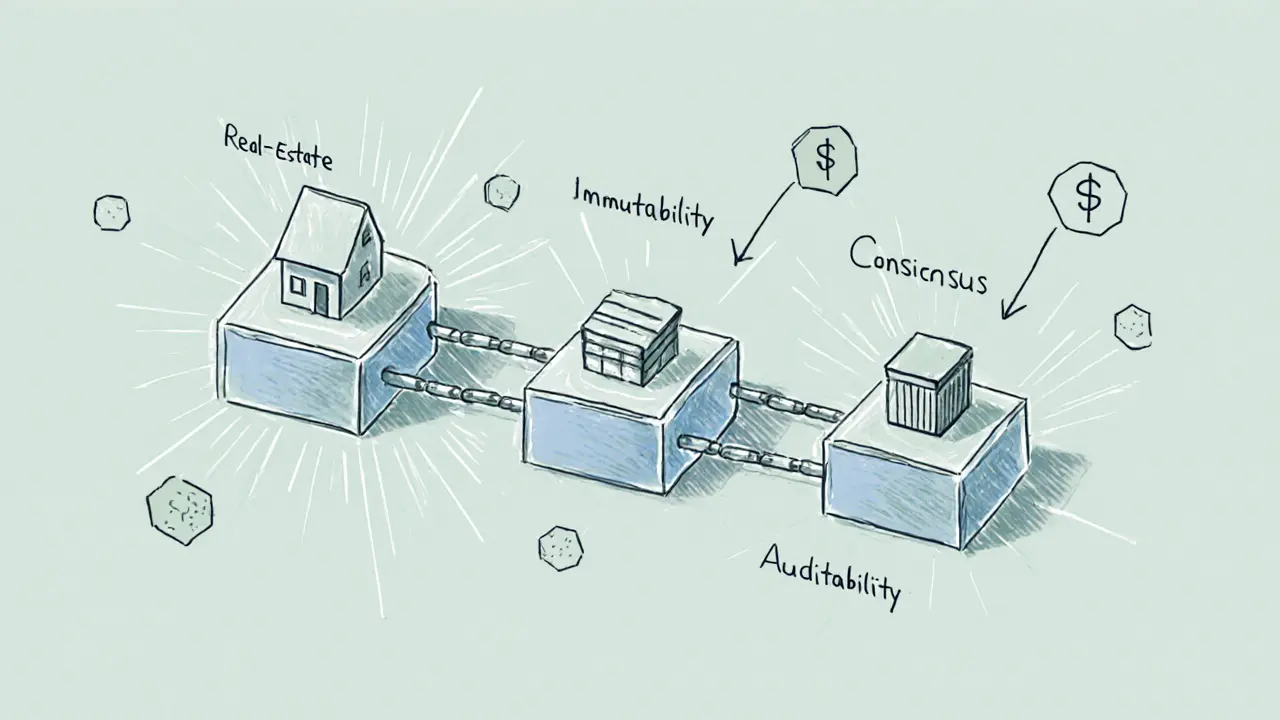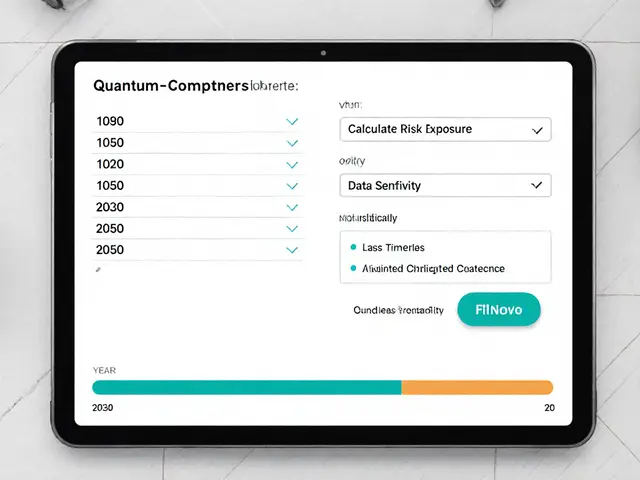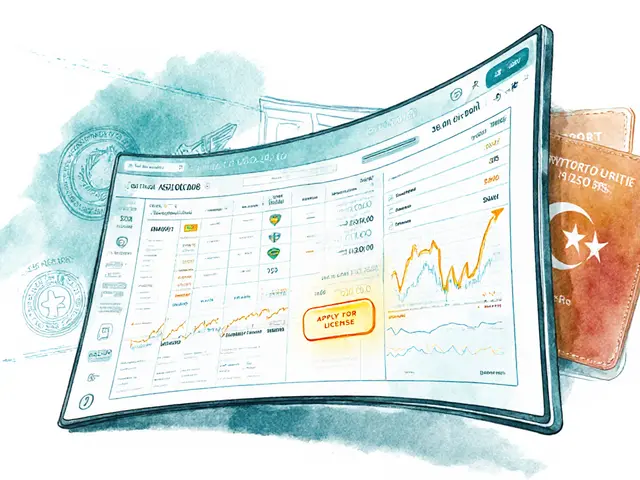Supply Chain Security: Why It Matters and How Tech Is Changing the Game
When talking about supply chain security, the practice of protecting goods, data, and processes from disruption, fraud, or tampering throughout the entire logistics network, you’re really looking at a mix of risk management, technology, and regulation. Blockchain, a distributed ledger that records every transaction in an immutable way offers a way to verify each step without a central authority. Smart contracts, self‑executing code that enforces agreed terms automatically turn that verification into action, cutting paperwork and speeding settlements. Meanwhile, IoT devices, sensors and tags that capture real‑time data on temperature, location, and condition feed the ledger with trustworthy information, making it harder for bad actors to slip in counterfeit parts.
These three pillars—blockchain, smart contracts, and IoT—interlock to create a robust security framework. Blockchain enables traceability by giving every participant a shared view of the product’s journey, which means auditors can spot anomalies instantly. Smart contracts automate compliance by triggering penalties or alerts if a shipment deviates from preset parameters, such as a temperature breach for perishable goods. IoT adds granularity, providing the data points that the ledger needs to stay accurate. Together, they address common supply chain pain points: lack of visibility, manual errors, and vulnerability to fraud. This synergy also appeals to regulators who demand clear provenance, especially in sectors like food, pharma, and aerospace.
In practice, companies are already seeing benefits. A 2025 case study highlighted a food exporter that reduced spoilage by 30% after linking temperature sensors to a blockchain platform, while smart contracts automatically paid carriers only when conditions were met. Another example involved a car manufacturer using blockchain to certify each component’s origin, slashing counterfeit part incidents by 70%. These stories echo the broader trend we see across our articles: blockchain isn’t just hype; it’s a practical tool for securing the flow of goods. The same security mindset applies to crypto exchanges and mining operations, where trust hinges on transparent, tamper‑proof records—topics we cover in pieces about exchange security reviews and mining regulations.
What You’ll Find Below
Below is a hand‑picked collection of guides, reviews, and deep dives that flesh out the concepts introduced here. You’ll get a clear picture of how blockchain powers supply chain transparency, how smart contracts lock in compliance, and how IoT data keeps the system honest. Whether you’re a logistics manager, a tech enthusiast, or just curious about the security side of emerging finance tools, the articles listed will give you actionable insights and real‑world examples.
How Blockchain Transparency Stops Fraud
Explore how blockchain's transparent, immutable ledger stops fraud across real estate, supply chains, finance, and crypto, with real‑world examples and implementation tips.
View More




